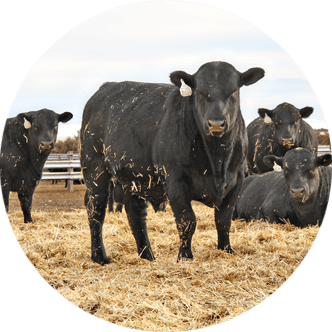The High Price of Eggs
For the last two years, I, along with everyone else, understood the pandemic and inflation were two reasons for the high price of groceries. But, when egg prices started rising even more last fall, I realized there were more issues bringing on the rising prices.
We all found out the real culprit was an outbreak of H5N1, a highly transmissible and fatal strain of avian influenza, more commonly referred to as bird flu.
The outbreak of H5N1 started in early 2022 in the U.S., and it quickly rose into the largest bird flu outbreak in U.S. history.
According to the U.S. Centers for Disease Control and Prevention, as of Jan. 14, the virus affected more than 134 million birds in the U.S. Of this number, the outbreak has affected more than 102.6 million egg-laying hens, according to the U.S. Department of Agriculture’s Animal and Plant Health Inspection Service.
One of the worst parts of an outbreak is egg producers are forced to cull all of their chickens, which is really the only way to put a stop to it.
In one year, egg prices have increased over 36.8 percent. This is in contrast to the rise in food prices overall, which rose 2.5 percent in the past year.
U.S. Bureau of Labor Statistics data tracking egg prices goes back to at least 1980, when large, Grade A eggs cost 88 cents a dozen, not adjusted for inflation. Before February 2022, the average cost of a dozen had largely stayed below two dollars since March 2016. Then, the price of eggs more than doubled from the start of 2022 until reaching its peak of $4.82 per dozen in January.
Those who have noticed cage-free eggs cost more than other eggs, it is because H5N1 affects mingling chickens far more than separated, caged chickens. Eight states have restrictions or laws in place which ban the production and sale of caged chickens’ eggs for animal welfare reasons. Many stores like Whole Foods Markets and Trader Joe’s only sell cage-free eggs.
Most of these states have recently experienced major outbreaks of bird flu. Currently, about one-third of U.S. egg layers are cage-free hens, but they contributed nearly 60 percent of all bird flu cases for the past year. So, expect cage-free egg prices to rise faster and stay higher longer than other eggs.
Even with the shortage of eggs, consumer demand has held steady despite the persistently high prices. As with beef, the mismatch between supply and demand tends to drive prices up.
The irony is, because of todayʼs high prices, stores have had to change how they price eggs. It has been common for retailers to keep egg prices low, sometimes even below what they paid for them, as eggs effectively draw shoppers into the store. They would stop at the store for cheap eggs and then would leave with a cart full of groceries.
Now, stores realize pricing eggs too low could mean selling out of eggs, which would increase the chance shoppers would encounter empty egg shelves and abandon their carts.
Currently, at my local store, caged eggs are around $6.49 and cage-free eggs are $6.50 to eight dollars a dozen. I’m sorry to say this disease is not going to go away soon.





